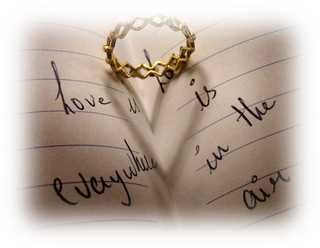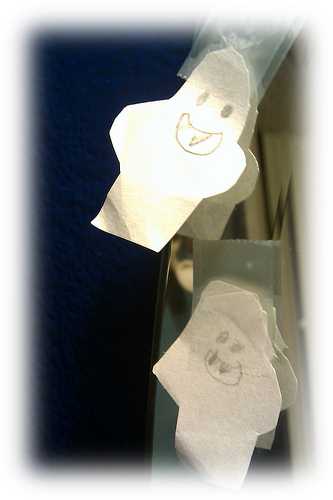Storytelling Technique – A picture paints a thousand words
What you might spend three sentences explaining, you can often convey in a single expression.
A flirtatious glance speaks volumes – louder than any words that could possibly be said.

Don’t we all recognise the look of love?
How would you define the emotion jealousy to a child, distinguishing it from the emotion wanting something?
How easily jealousy can be conveyed with a facial expression!
Try it now.
(OK, maybe that’s not such an easy one, but I’m sure you get the idea)
Think of how you would show a “jealous” face. Draw upon your experience and memory to find an example of when you’ve seen someone looking jealous.
Can you replicate it?
Maybe take advantage and pull a jealous face next time you pass a mirror. Your friends will think you have issues and if they wonder what you’re doing, tell them to sign up to the course and try it for themselves!
Instead of breaking the charm of your story, you can improve the clarity and simplicity of your tale as you focus on sowing the story, instead of explaining what the characters’ feelings mean, since your child has already understood by implication from your expression.
Remember too, that facial expressions are not just for dialogue.
The tone of the story is also set by your facial expressions in the parts between the characters speaking.
Your child should be engaged and enjoy the whole story, from beginning to end, so make it magical by telling what happened next with as much vigour and expression as have for the speech of the characters.
When you tell a story, try to get a good range of emotions into the story, but particularly opposites. Most often as human beings, we understand something better when in contrast to its opposite.
Fairy tales are particularly successful at using this tactic, having an evil unhappy queen and a good happy princess, moving from a dangerous situation where the emotions reverse, to a safe resolution.
Contrast makes for a more interesting plot and colourful characters.

As your child grows out of fairy tales, you may move on to telling adventure stories or ghost stories.
These stories offer the opportunity to explore another range of social situations, emotions, reactions and facial expressions.
For these types of stories, you can use facial expressions to build suspense, drama, danger, conspiracy, and to heighten shock, awe, suspicion, and incredulity amongst others.
The facial expression you adopt will automatically influence the tone of your voice.
Since we as grown adults have our expressions and emotions thoroughly matched and rehearsed, your voice will naturally change according to your facial expression.
Try saying something truly angry with a smile on your face – it’s extremely difficult! So vary your facial expressions by character and by emotion.
Consider the phrase:
Boo!
- If you say it with a wide eyed shocking face, your voice automatically follows with a “shocked” pitch and tone and it becomes a mechanism to scare, shock and delight.
- If you say it with a sad face, it becomes the voice of a not-very-scary sad old bear who’s a bit fed up and needs cheering up by his friends.
Having a neutral face will make your voice sound… Well, neutral and expressionless.
Even when narrating a bland character doing ordinary things, you can spice this up by giving that character a crazy expression so that everything they do becomes funny, ridiculous or strange.
The timing of your facial expressions is extremely important within the context of your story.
As you reach the climax of your story, and the suspense is at its highest point, you may pause to excite your child and savour the moment.
This is a great time to adopt an appropriate expression, be it shock, surprise, fear or even a deadpan expression if your story is funny.
Storytelling homework
Hopefully you’ve read the previous section on mirroring and social referencing as a storytelling technique and you’re ready to try putting some of the ideas from this section into practice as well.
The homework from this section adds to the previous, so spend more time getting this right with your kids. It’s really important.
- Identify the emotions and think about how you can represent them in a single face.
- Practice (or play, depending on how you look at it) pulling faces for different emotions and characters.
- Start noticing the subtle differences between types of emotion or even within the same emotion (scared vs terror as an obvious example)
Once you’ve read this section, head back to the chapter intro: Why facial expression is important in storytelling
One thought on “Storytelling Technique – A picture paints a thousand words”